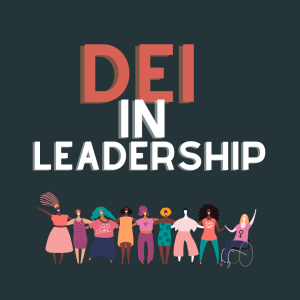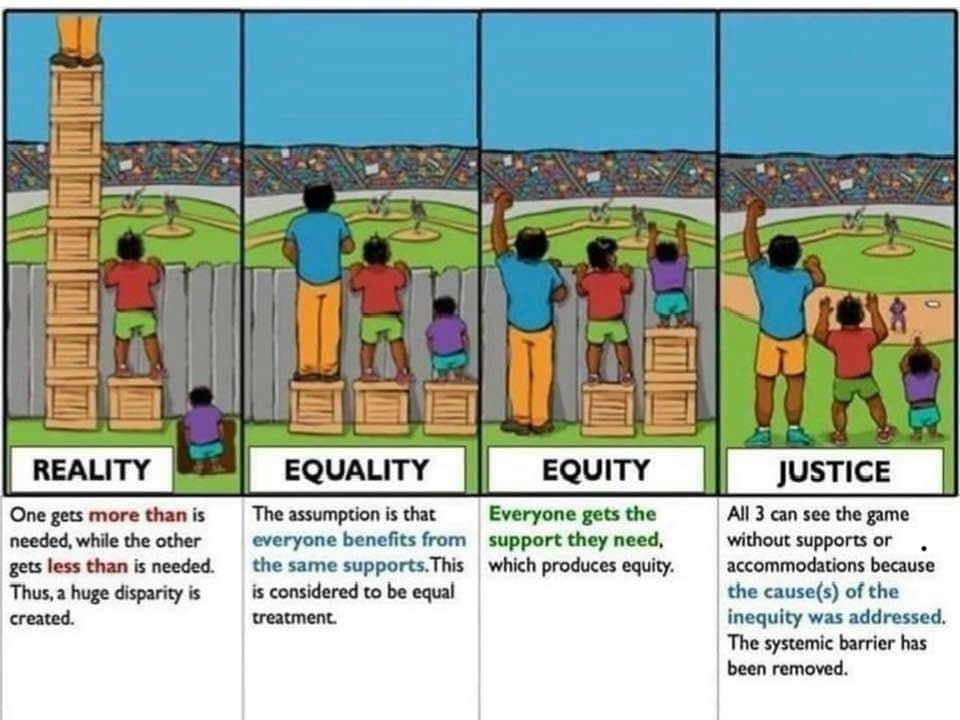1 Chapter 1: Welcome and Beginning Definitions
 When I was a child, I often heard the phrase, “That’s just common sense,” but the things that were considered common knowledge always seemed to be moving targets. Albert Einstein is credited with saying that “common sense is the collection of prejudices acquired by age 18.”. Though this may or may not be an accurate attribution, the sentiment is certainly worth our consideration. Which of the following common-sensisms have you heard (or believed) to be unequivocal truths:
When I was a child, I often heard the phrase, “That’s just common sense,” but the things that were considered common knowledge always seemed to be moving targets. Albert Einstein is credited with saying that “common sense is the collection of prejudices acquired by age 18.”. Though this may or may not be an accurate attribution, the sentiment is certainly worth our consideration. Which of the following common-sensisms have you heard (or believed) to be unequivocal truths:
- You should always be a little early.
- You should always be a few minutes late.
- You should always say, ma’am and sir.
- You should never say, ma’am and sir.
- Your body is dangerous and evil.
- Your body is safe and sacred.
- True Christians are conservative.
- True Christians are progressive.
- Prioritizing diversity makes life better for everyone.
- Prioritizing diversity is a form of discrimination.
If one of the above feels especially true to you, take a minute and try to find at least one exception to the rule. Social Workers must be committed to critical thinking, which is to say interrogating the statements, policies, and presumptions that others may accept without question or concern. The mission of social work requires that we prioritize the well-being of those who are “vulnerable, oppressed, and living in poverty” (NASW, 2021). In this text we we will examine a variety of ways to do so, but first, let’s get situated. What do we mean when we wield words like diversity, equity, inclusion, and justice?
Definitions
There are many ways of discussing how systems impact people with various identities and also how people with various identities impact the systems in which they are situated. You may have seen acronyms including DEI (Diversity, Equity, and Inclusion), DEIB (Diversity, Equity, Inclusion, and Belonging), JEDI (Justice, Equity, Diversity, and Inclusion), ADEI (Anti-Racism, Diversity, Equity, and Inclusion), EDI (Equity, Diversity, and Inclusion) and others as more pop up each day. This is evidence of how many individuals, groups, and organizations are attempting to capture the complex and important work of examining different identities and disproportionate outcomes across a wide range of institutions/systems. This text will mostly use the acronym DEI as defined in its separate terms below, along with the provided working definitions of leadership and justice.
Diversity is the presence of various intersectional identities in a given space. It might answer the question, “Who is in the room?” or “Who is at the decision-making table?”.
Equity is the presence of policies, practices, processes, and opportunities that make it similarly possible for individuals with a variety of intersectional identities to participate in a certain space. It might answer the question, “How easy was it for them to enter this room?” or “How easy was it for them to find/get a place at the decision-making table?”
Inclusion is the presence of power and participation given to various intersectional voices in a given space. It might answer the question “Whose stories/ideas/decor/dress/speed/volume/food/ways of being are considered acceptable and desirable in this room or at the decision-making table?”
(The questions incorporated in the definitions above are adapted from Archway Programs)
Justice has a range of definitions from the narrow end of the continuum to the broad end. The National Association of Social Work defines Social justice as “the view that everyone deserves equal economic, political, and social rights and opportunities” (NASW, 2022).A popular depiction of some of these terms created by @restoringracial justice is below:

Notice that equality and equity are not synonymous. If everyone who reads this text is gifted a pair of reading glasses because the author indicates a desire to be inclusive and remove any barriers to reading ability, an equality approach might be to send everyone the same pair of glasses with the same prescription as the author. However, this wouldn’t actually level the playing field, would it? In fact, it might actually disadvantage some readers to use a prescription that would cause their eyes further strain, while advantaging people who happen to have the same prescription as the author.
An equity approach, on the other hand, might be surveying each potential reader about the barriers and needs associated with reading this text. It could be that this results in purchasing and sending glasses to everyone with the appropriate prescriptions, or, the author could discover that the more pressing need for reading accessibility is actually better internet access or assistive technologies. For justice to be achieved systemic shifts would be so comprehensive that all materials would be designed with every type of reader in mind such that no special surveying/assistance is needed. This is an ambitious but important goal for any of us in leadership/power positions.
More Reading/Watching/Listening
References
Archway Programs (2020, July). Archway forms DEI committee. Retrieved from
Center for Creative Leadership (2022, November). The core leadership skills you need in every role. Retrieved from: https://www.ccl.org/articles/leading-effectively-articles/fundamental-4-core-leadership-skills-for-every-career-stage/
Crenshaw, K. W. (1989). Demarginalizing the Intersection of race and sex: A Black feminist critique of antidiscrimination doctrine, feminist theory and antiracist politics. University of Chicago Legal Forum, 1989(1), 139-167. http://chicagounbound.uchicago.edu/uclf/vol1989/iss1/8
Fisher, K. (2021). An experiential model for cultivating cultural humility and embodying antiracist action in and outside the social work classroom. Advances in Social Work 21(2/3), 690-707. https://doi.org/10.18060/24184
Hart, D. G. I. (2016). Trouble I’ve seen: Changing the way the church views racism. Herald Press.
National Association of Social Work [NASW]. (2015). Standards and indicators for competence in social work practice. NASW. https://www.socialworkers.org/LinkClick.aspx?fileticket=7dVckZAYUmk%3D&portalid=0
Sue, D. W., Rasheed, M. N., & Rasheed, J. M. (2016). Multicultural social work practice: A competency-based approach to diversity and social justice (2nd ed.). Jossey-Bass.
Tervalon, M., & Murray-García, J. (1998). Cultural humility versus cultural competence: A critical distinction in defining physician training outcomes in multicultural education. Journal of Health Care for the Poor and Underserved, 9(2), 117-125. https://doi.org/10.1353/hpu.2010.0233